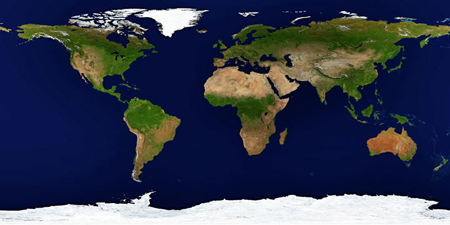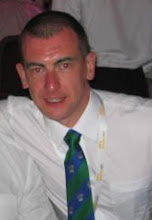Vaslav Fomich Nijinsky was born in Kiev, Ukraine on 12th March 1889. In1890 he joined the Imperial Ballet School and by the age of 18 earned the leading roles in the Mariinsky Theatre. Soon after meeting Sergei Diaghilev, a wealthy patron of the arts, the two became lovers and from then on Diaghilev influenced Najinsky's career greatly.
In1909 Diaghilev took a company of dancers to Paris with Nijinsky and Anna Pavlova as the leads, resulting in great success and renown for all involved. Nijinsky's later partnership with Tamara Karsavina was said to be legendary.
As a dancer he was said to be one of the most gifted male dancers of all time, he could perform en pointe, which is rare among male dancers and his leaps seamed to “defy gravity,” which is probably what led to the race horse Nijinsky II being named for him.
Nijinsky was once dismissed for appearing on stage without the obligatory trunks, just his tights, causing the Dowager Empress Marie Feodorovna to complain that he was “obscene!”
He later choreographed three ballets, with Les Ballets Russes which Diaghilev had formed, at least one of which incorporating radical angular movements to accompany Igor Stravinsky's modern score. And he also caused offence while dancing in a later production when he mimed masturbation with a nymph's scarf causing quite a scandal in Paris.
When Ballets Russes toured South America Diaghilev did not join them as he believed that he would die on water after being told this by a fortune teller years before. While away from his lover's supervision Nijinsky met and entered into a relationship with a Hungarian countess, Romola Pulszky. They married in Buenos Aires and when the company returned to Europe Diaghilev was incensed and fired him. Nijinsky attempted to found his own dancing troupe in London but this failed due to administrative reasons.
During World War I Nijinsky was interred in Hungary, but Diaghilev managed to get him out for a tour of North America in 1916, with Nijinsky choreographing and dancing. It was during this tour that the first signs of Nijinsky's dementia showed, with him being afraid of some of the other dancers and scared that a trap door would be left open. He suffered a breakdown in 1919 which effectively ended his career. Diagnosed with schizophrenia he was taken to Switzerland by his wife for treatment, spending the rest of his life in hospitals and asylums, though she was devoted to him and his care.
Nijinsky died in London on 8th April 1950 and was buried there until his body was moved to Paris, France in 1953.
Who's On-Line Now?

Wednesday, 12 March 2008
Subscribe to:
Post Comments (Atom)




No comments:
Post a Comment